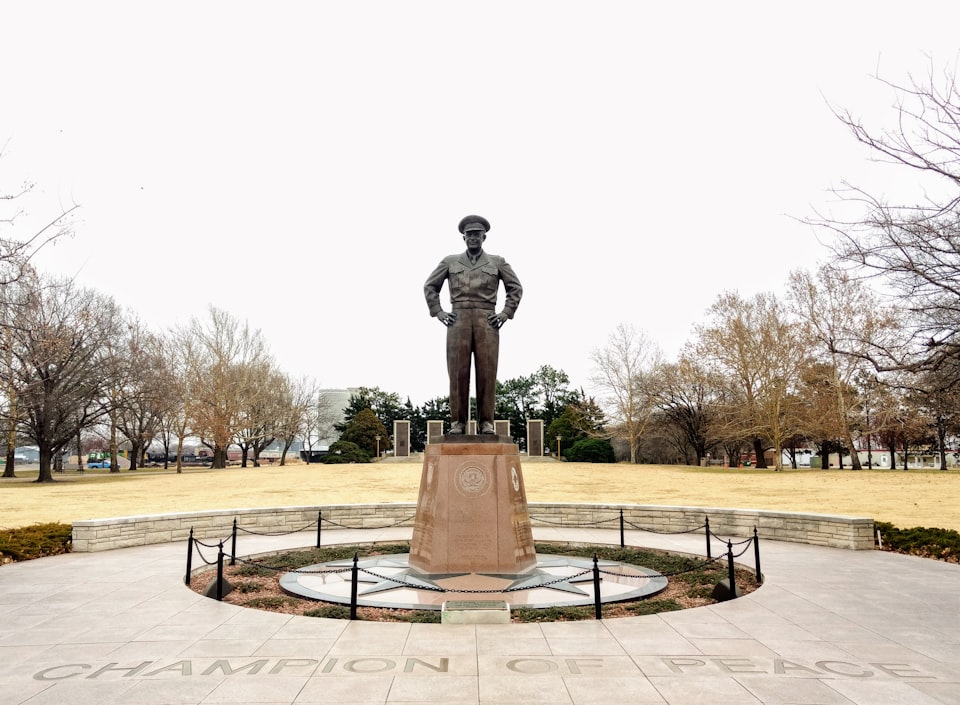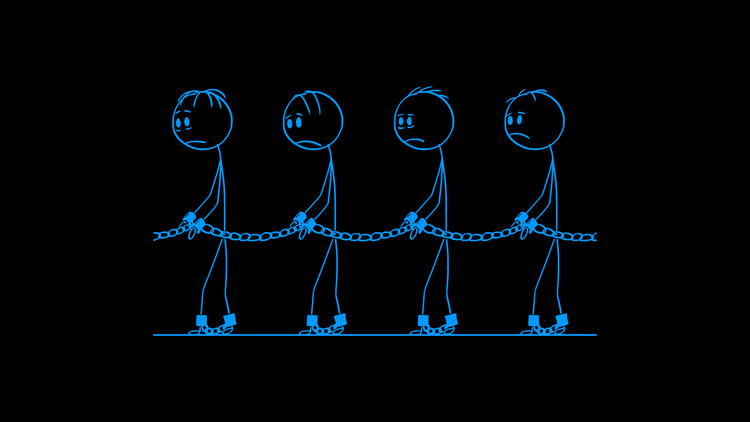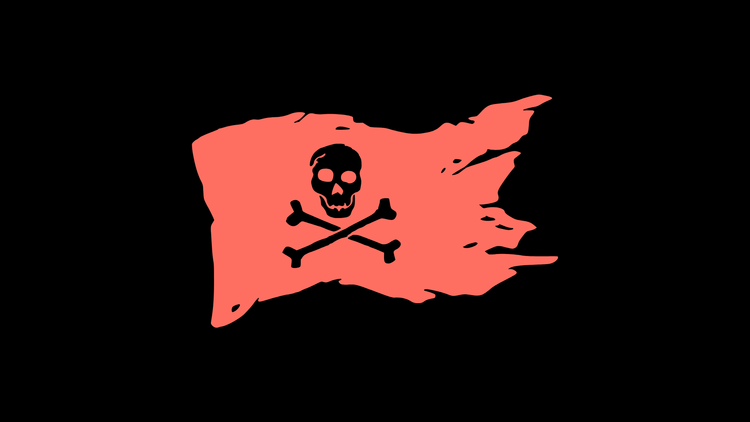How Eisenhower Made Decisions

Dwight D. Eisenhower was a busy guy. He was a five-star Supreme Allied Commander, American president, and the man who brought golf to the White House (this precedent has cost American taxpayers a cool hundred million in 2019).
Eisenhower was not brilliant like Turing. Nor brave like Chesty Puller or polished like Kennedy.
Ike was great at one thing, though. He was a world-class organizer.
He created a deceptively simple decision-making framework.

At first glance, the top-left square – important-urgent – may seem most critical; important people must do important and urgent things.
But doing important, urgent things comes later. The most critical square – the first step – is the bottom right one.
Unimportant, non-urgent things are all noise and no signal. They distract, disrupt, and discourage us. They are dead weight on our long, slow journey through the maze.
The kicker is that they are everywhere. Every iPhone notification, every tweet from the loony tunes, everything that charges a switching cost.
Once you ruthlessly eliminate these bastard squares, your decision-tree comes into focus. It forks between whether you should act or someone else should act. The latter process is the beauty of delegation.
President Obama once remarked that only hard decisions reach his desk. The easy stuff gets weeded out beforehand. That's only possible if the filtering system delegates or eliminates noise so leaders can focus on the high-value, big-bang stuff.
So everything begins with elimination. Start with the poison.





